Without any doubt, whatsoever, the most efficient way to build a house is to build it inside another house – or shed as the case may be.
The advantages and cost savings of building offsite continue to grow as processes and materials improve.
What is a modular home?
So often the discussion can be heard of prefab vs modular, but what’s the difference? Modular homes are prefabricated homes – with prefab being an umbrella term for anything that is created offsite. The next discussion is kit homes vs modular. While some include kit homes in this group, that really isn’t correct. Kit homes are primarily created by all materials being delivered on site in an unconstructed form. So to close the arguments down, let’s agree that what we have here are in fact prefab modular homes.
Although seen as concept created after the two world wars, in an effort to quickly and cost effectively replace destroyed housing (and prepare for the imminent bay boom that follows war), the concept in fact dates back to Roman days when prefabricated fort sections were mass produced and delivered to distant locations.
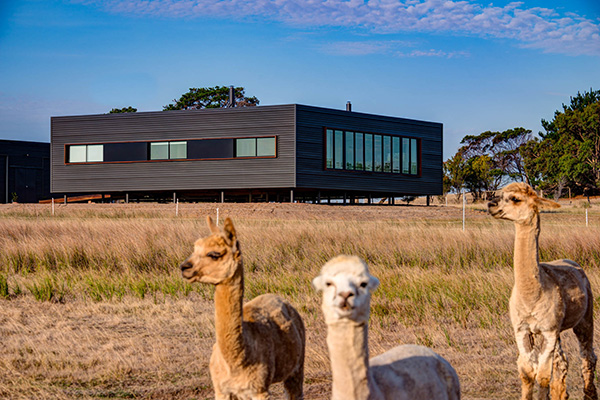
However, the reputation of poorly created homes with tissue paper for walls that evolved from the post war eras has taken decades to shake off. Now the industry, facilitated by rapidly evolving digital technologies is at the forefront of building production, with a vast number of floor plans to choose from and delivery available in NSW, Victoria, Perth and QLD – and one imagines Tasmania and the territories can just as easily be reached.
Ecologically conscious consumers have become very concerned with the sustainability of all building materials, and of industrial waste. Combined with the concept of building smaller homes, the modular industry, which has responded to each concern, is experiencing a boom in demand.
With extraordinary building times, (there’s an average 12-week turnaround from completion of design to having a crane arrive onsite), consumers’ “I want it now” appetites are quickly satisfied.
Plus of course the system also allows top quality builds to be delivered to areas that do not have supply of top tradies, and protects buyers from weather affected time tables. It must be very hard for a standard home builder to compete with the low price modular homes.
The digital technology used in designing the homes, continues into the production line with faultless material preparation resulting in minimum waste in materials, and a reduced use of energy in the process.
Which brings us to the modular home cost. One producer, Tektum reports that there are savings of between 10 to 15 percent in building costs and a 40 percent reduction in construction time.
No wonder it is now recognized that affordable modular homes are a force of good to be encouraged.
Earlier this year the Australian Federal Government announced a $2m development budget to allocated to a new collaborative lab to help manufacturers design innovative new prefabricated buildings
Minister for Industry, Science and Technology Karen Andrews said “This sector is starting to build significant momentum and currently represents 3-5 per cent of Australia’s $150 billion construction industry,” Minister Andrews said.
"This share could grow to 15 per cent by 2025, creating 20,000 new Australian jobs and adding $30 billion to our economy.”
Top Australian modular home suppliers - Modular homes Australia
5. Archiblox
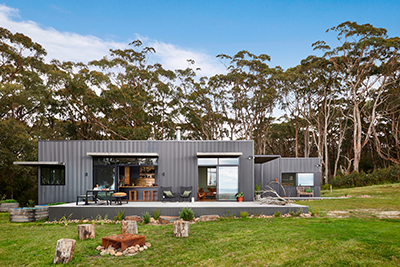
www.archiblox.com.au
Perhaps the name most commonly associated with modular design in Australia is Archiblox. The company has a strongly held view of the relationship between the built form and the environment, and strives to improve its already exceptional green credentials each year.
Of their many awards, the most recent, in 2018, was the Build Excellence Award from the Australian Construction Awards.
To pin down prices on a modular design is still no easy feat as modular home designs are not only available from the company itself, but can also be customised.
However approximate low end of the scale is a starting price of $101,000.
4. Prebuilt
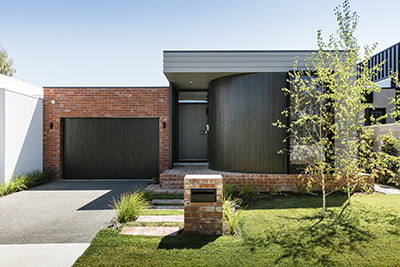
www.prebuilt.com.au
The stunning designs from Prebuilt are also environmentally sound, with energy connections designed to reduce the house running costs. Since their inception in 2002 they have constructed more than 300 homes. Their customer base includes downsizers and those desiring holiday homes, and with Prebuilt’s reputation for exciting work off site, there is no need for time consuming project management by owners.
Generally, it’s a twelve week build, with their price range from $100,000 to $2m plus.
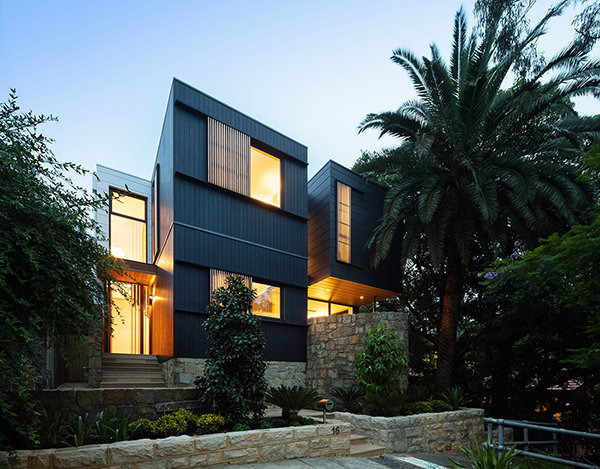
3. Modscape
www.modscape.com.au
Now 13 years old Modscape has continued to push boundaries, and remain flexible. Each project from the Modscape team is designed for the particular client, and site with passive design principles inherent in the overall design. When the Modscape pods arrive to site they are complete from light fixtures to toilet roll holders, with generally just the flooring to be finalised.
With Modscape each design is bespoke, so there is no benchmark for pricing, but a very general construction guide price is between $3,000-$5,000 per sqm.
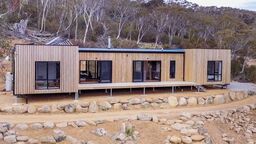
2. Ecoliv
ecoliv.com.au/modular-homes
With more than 30 house designs (with prices) on their website, EcoLiv may be the most easy to navigate of the top providers. Ecoliv built their first award winning display home in 2009, and have thrived from that point on. As with all the main suppliers, the company is eco sensitive, and states that it is the only modular manufacturer to include a 1.8km solar power system as a standard.
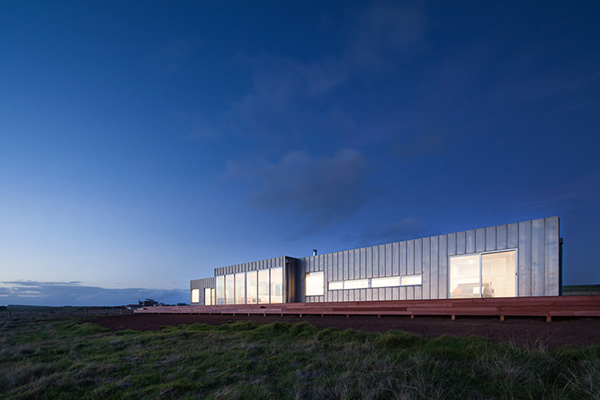
1. Mode Homes
www.modehomes.com.au
A different concept is that found in Mode Homes. Rather than pods being delivered to site, Mode Homes builds the homes in a fold up, fold down style. Their patented system, which can be seen on video through their website, sees the base of floor (as such) folded up like a suitcase, and then taken to site – which is an easier and less costly task. When unfolded the other prefab elements are attached to the frame. So, unlike other prefabs there is more to be done on site, however they offer a huge range of standard design options.
With such a set of variables, nailing down a price is tricky, however they say that the majority of their residential projects work out at approximately $2,800-$3,000 (plus GST) per sqm.
Image: Modscape

